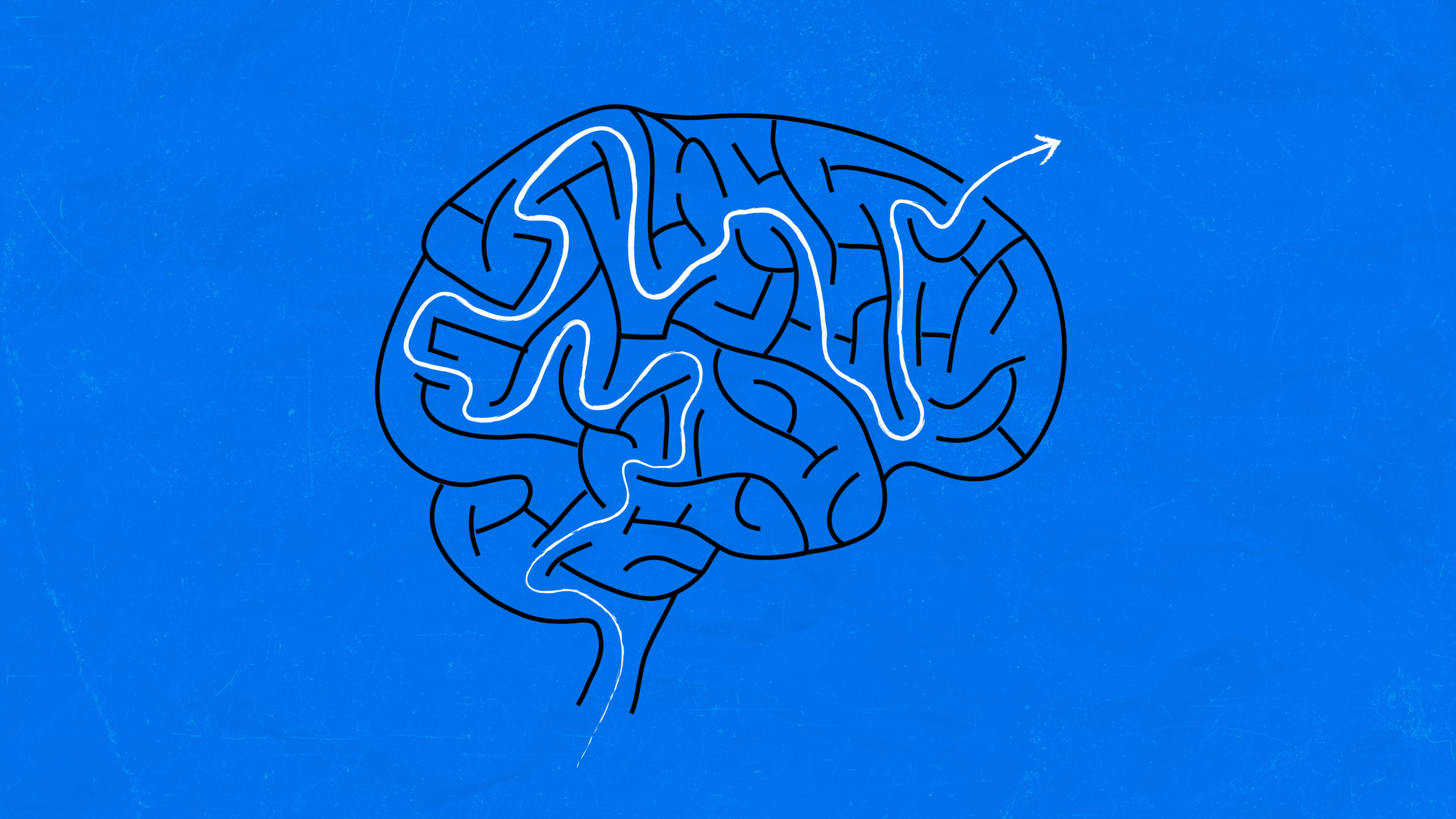When it Comes to Thinking: Be as Critical as You Like

Businesses must apply critical thinking and clear-eyed science to their brand challenges now more than ever.
So, why is critical thinking so vital now?
A recent Economist article highlights the growing flood of disinformation from various sources—often persuasive and sometimes sophisticated, like deepfakes—designed to sway our opinions or actions.
This isn’t a new concept. In fact, political propaganda has been around for Centuries. But in our digital and AI-enabled age, disinformation is easier to create and perpetrate.
What can we do, if anything, to help make sure what we consume doesn’t consume us?
Ironically, as much as it’s guilty of aiding and abetting disinformation, AI is also a potential ally in the war against misinformation. It can analyse patterns, language and context to aid content moderation.
And most of us have a set of go-to sources that we know and trust to provide a balanced view.
One of the best ways to help ourselves is to build critical thinking skills and develop balanced, thoughtful perspectives on information. And this is central to how we approach challenges for our clients at The Team.
Critical thinking is the process of thinking carefully about a subject or idea, without allowing feelings or opinions to affect you.
It prevents us from falling into the trap of being absorbed by what’s put in front of us, which may indeed be misleading or incorrect.
This is easier said than done because we are (on the whole) emotional beings, especially in the creative world, where our work can be built on or aim to elicit an emotional response.
However, there are helpful tools and techniques you can use to boost your ability to think critically.
These are just some we use:
Do a pre-mortem. Not as gruesome as it sounds. This is where a team imagines, say, 16 months into the future and the project, idea or decision currently being discussed has failed. Together they work backwards to identify potential causes of failure. It’s surprising what this simple reframing of perspective (another good technique) reveals and is something we like to build into workshops to stress test a strategy or new idea.
Slow down your system 1 thinking. Those who know me will know I like to call this ‘the committee of sleep’. Rather than reacting in the moment or too emotionally, sit with the data or challenge and give yourself time to process it. Engage your system 2 thinking, for a considered, less spontaneous, and more rounded decision.
Mind your heuristics. Heuristics are mental shortcuts we use for quick decision-making, and biases are systematic errors in thinking that can lead to flawed judgments. A common example is the Availability Heuristic—overestimating the likelihood of events simply because they’re easy to recall, like a recent news story. And Confirmation Bias, where we tend to seek out information that confirms our existing beliefs and ignore information that contradicts them. We can’t always prevent our brains from responding this way, but being aware of when it happens means we can counter their force by seeking diverse perspectives and questioning assumptions.
Get in touch to find out more about how to apply critical thinking to your brand challenge.


